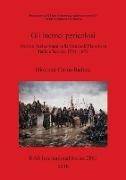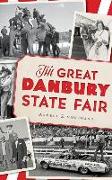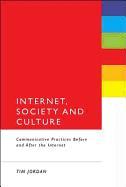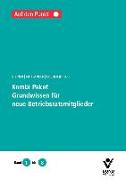Gli incroci pericolosi
BücherAngebote / Angebote:
Notebooks on Military Archaeology and Architecture 13Il libro illustra come il corridoio strategico, che univa la Spagna alle Fiandre, costituito da territori apparteneti all'Impero Spagnolo e corrispondenti agli attuali Belgio e Olanda, sia stato concepito, progettato, realizzato, difeso e infine smantellato. Gli eventi del "Cammino Spagnolo" sono ben noti grazie all'importante volume del professor Goeffrey Parker "The Army of Flanders and Spanish Road, 1576-1659". Nondimeno, pur in presenza di questo irrinunciabile studio, non tutta la materia è totalmente indagata e ben nota, soprattutto in merito al settore cruciale del tratto italiano del cammino. In questo lavoro l'autore vuole riferire non solo come un'armata si organizzasse nel passaggio da una destinazione all'altra, ma anche quale itinerario si scegliesse e come sia stato obbliterato dagli avversari della Spagna o da ostacoli naturali. Per descrivere questo processo storico l'autore ha coinvolto non soltanto l'esame delle fonti storiche e storiografiche, ma anche un importante strumento della moderna ricerca, la Conflict Archaeology, ovvero l'Archeologia Militare.This book describes how the strategic corridor that united Spain with Flanders (a territory belonging to the Spanish Empire, in what is today Belgium and the Netherlands), was conceived, designed, constructed, defended and dismantled. The events associated with the 'Spanish Road' are well known, thanks to the most important work on the subject, The Army of Flanders and Spanish Road, 1576-1659 by Professor Geoffrey Parker. However, despite this impressive study, not all of its history is perfectly clear and well understood, especially as relates to the crucial Italian sector. In this work, the author describes not only the way in which an army set off from one destination to another, but also how one route was chosen, and how it was cleared of opponents and of natural obstacles. To describe this process, the author calls not only on the historical and historiographical sources, but also on Conflict Archaeology, today a remarkable instrument of study.
Folgt in ca. 10 Arbeitstagen




